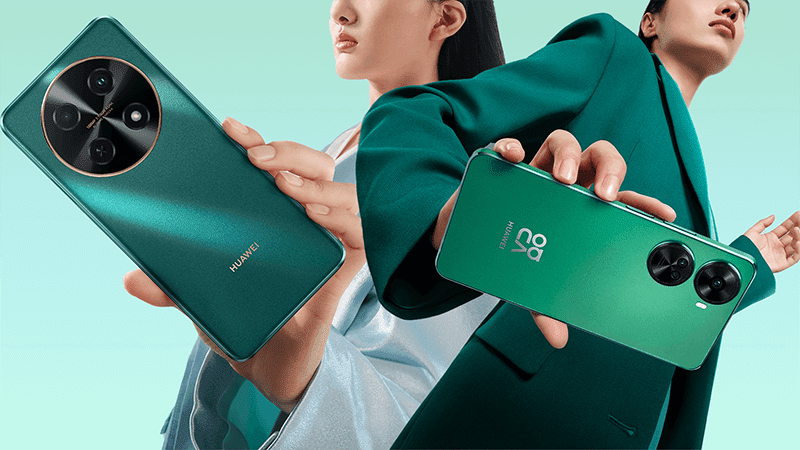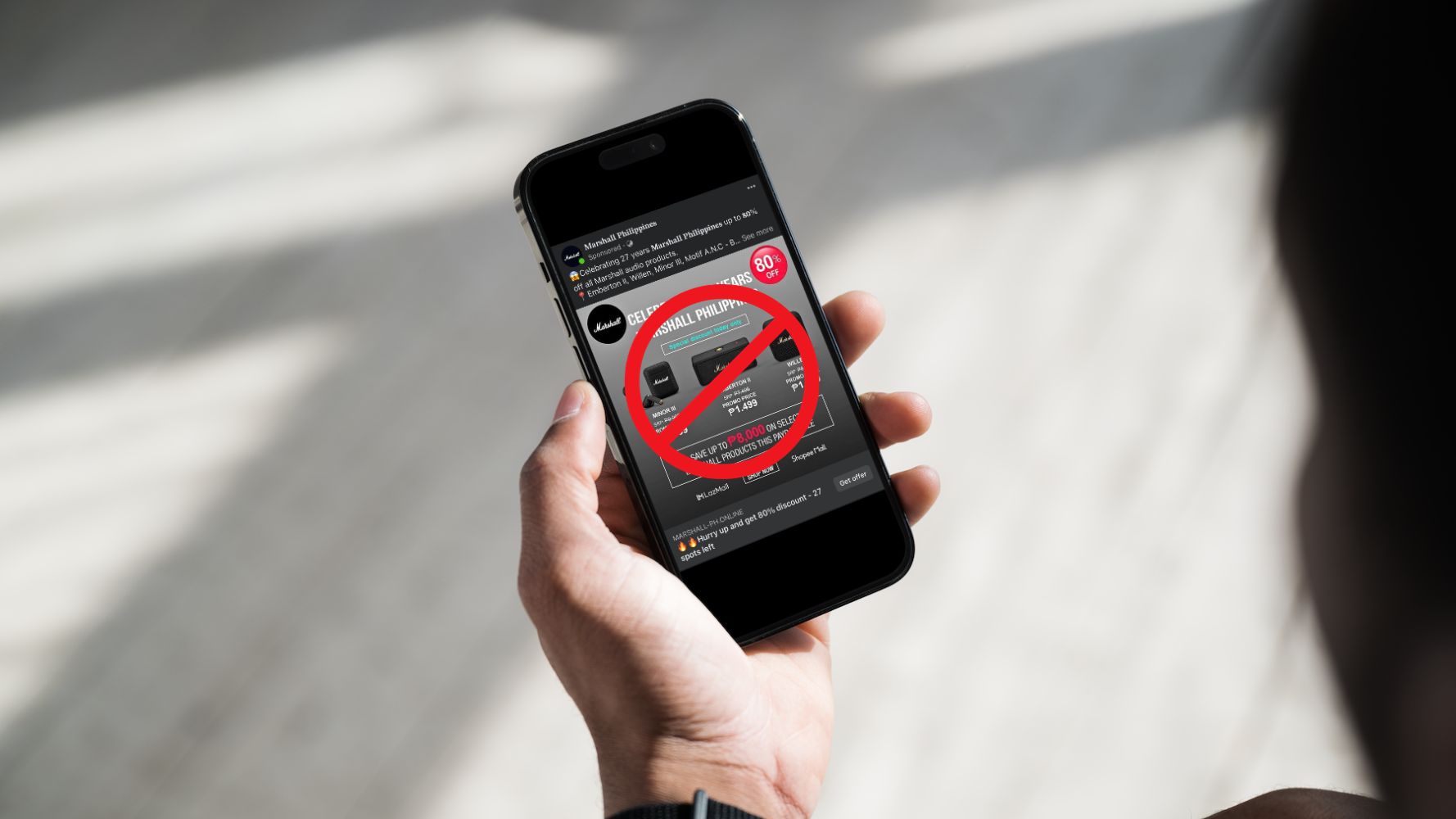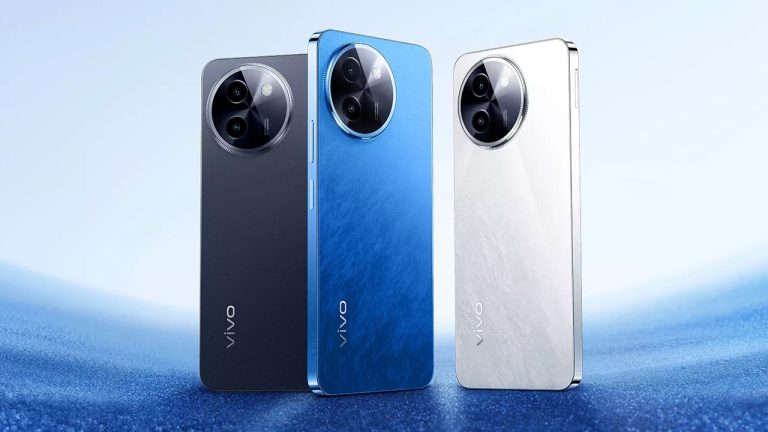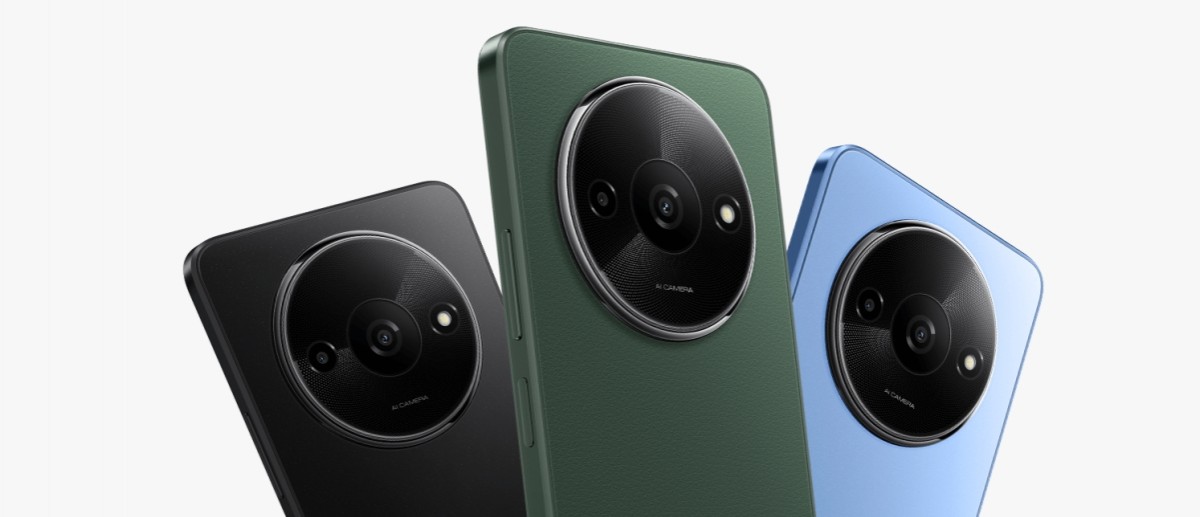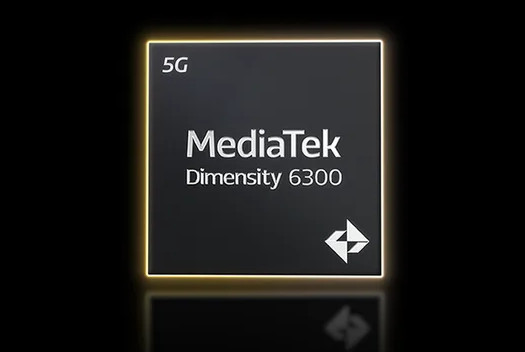(Editors note: the Redmi Note reviewed in this article was acquired by the author of the article from a Hong Kong reseller, and may vary from the Philippine version that will be offered by Xiaomi when it officially lands here.)
By Juan Loco
I have been using the Xiaomi Redmi Note for about a week now, having acquired a unit from a Hong Kong reseller. There is growing interest and excitement in Xiaomi phones after the Chinese company announced that it is now operating in the Philippines. They have already publicized the release of the Xiaomi Mi3 on June 26, which officially becomes the fastest and best value flagship in the land, pegged at only P10,599. We can assume that the release date of Xiaomi’s latest octa-core phone, the Redmi/Hongmi Note, won’t be far behind. Because of Xiaomi’s commitment to pricing their products at roughly the same as the prices they offer in China and other territories, I expect that the possible PH price of the Redmi Note will be much, much lower than that of the Xiaomi Mi 3.
The Redmi Note that is the subject of this review is the enhanced version. A cheaper version of the Redmi Note is also available, sporting a slower 1.4GHz octa-core processor and just 1GB RAM and is pegged at 799 yuan or about P5,621. Xiaomi’s website puts the price of the Redmi Note enhanced version at 999 yuan or around P7,030.The Hong Kong price of the Redmi Note WCDMA 2GB version was at HK $1,400 or P7,420 which was close enough to the mainland China price.
If either version would be sold here at the same price range as that in China, the Redmi Note would be the cheapest octa-core phone in the Philippine market, as both versions have prices lower than the P8,000 SKK Krakken. Specs wise, at least on paper, the Redmi Note appears to be superior to the Krakken which has a lower screen resolution (FWVGA ) and a lower megapixel rating for its camera.
When the Note was launched in March this year, Xiaomi claimed it sold 100,000 units in 34 minutes. Xiaomi’s Hugo Barra had promised that Philippine price of their phones would be closer to the prices in China, which is good news for local buyers. Once the Redmi Note is out, other local mobile brands may be hard-pressed to justify a P12,000-P13,000 price tag for similarly spec-ed phones. A sub-P6,000 octa-core phone would just be mind-blowing.
What makes the Redmi Note truly an interesting proposition at this price range are the decent specs that come with it. The enhanced version is an octa-core phone with 2GB RAM and HD display at the same price point as other Mediatek quad-core phones with lesser RAM such as the Kata I3 or Cherry Mobile’s Rave 2.0 or inferior displays such as the more expensive Starmobile Diamond S1.
Redmi Note Enhanced specs
- 1.7GHz MediaTek MT6592 octa-core processor
- Mali450 GPU
- 2GB RAM
- 5.5-inch IPS HD display, OGS, 1280 x 720 resolution
- 8GB storage, expandable up to 32GB
- 13MP rear camera with LED flash
- 5MP front camera
- Dual-SIM (WCDMA/HSPA for SIM 1 slot and GSM/EDGE for SIM 2 slot)
- Wi-Fi 802.11 b/g/n, Bluetooth 4.0, GPS, AGPS
- 3200mAh battery
- MIUI v5 on top of Android 4.2 Jelly Bean
Built like a warrior
The Redmi Note is a hefty 5.5 inch phablet. It has no pretensions of being slim and elegant. It does not have the refined features of the Mi3 which some even mistake as being made of aluminum. The Redmi Note is a big slab of plastic with a huge screen and an overall built that is pretty solid. If the Mi 3 were a sleek sports car, the Redmi Note would be heavy duty pick-up truck.
The removable back cover is made of plastic. You have the volume rocker and power buttons both at the right side of the phone. The power button is placed beneath the volume control, something I was not used to seeing in other phones. The 720p (267 PPI) OGS display was bright even at low settings.
MIUI gives you additional features, but there are bugs present
The first thing you’d notice with the Redmi Note apart from its size is Xiaomi’s MIUI on top of Jellybean 4.2. The user interface takes some getting used to, as it does away with the app drawer and has a very different feel compared to stock Android. The unit I got did not come with Google’s Play Store, instead, it had the Mi Market app which featured mostly Chinese apps and some common Android apps, which is understandable given where it was sourced. One can download popular apps like Facebook, Twitter, Evernote, Adobe Reader, Flipboard etc directly from the Mi Market, and much like Google Play, accessing the market requires you to have a Mi account. The sign-in steps are relatively easy though the confirmation email would be in Mandarin (use Google translate).
Even though it does not have Google Play pre-installed, you can still download the Google Installer from the Mi Market. Once downloaded, it will install your preferred Google apps such as the Play Store, Gmail, Hangouts, Maps and so on. From there, you can download your preferred apps that’s not found on the Mi Market. Once you get a hang of the MIUI, you’ll enjoy personalizing your phone using the various themes and settings you don’t normally find from other Android phones.
One problem I immediately encountered with the MIUI is that Facebook does not run smoothly. The bug is so apparent that the most recent update of Facebook does not work on the Redmi Note. If you try to update to the latest version, the app will force close once the installation is complete. MIUI forums have reported this as a common problem among Redmi Note users to which the solution is to revert to an earlier version of Facebook that does not shut down upon installation. This older version is found in the Mi Market, although there are also other, older versions of Facebook you can download from various sites and fora. For this to work, do not use auto-update setting for you apps as you will end up having the latest version that unfortunately does not work with the Note.
MIUI received a software update last June 15, supposedly improving the installed version found from the unboxed unit. However, the update was not enough to address the bugs on the Facebook app. Forced closure of the Facebook app is not really a deal breaker for me but it could be really annoying. Even the older versions of Facebook tend to force close. It is not clear to me if this glitch is a result of the Mediatek octa-core processor or the MIUI.
Except for the awful Facebook bug, other apps like Twitter and YouTube run smoothly. Icons are large and neatly designed. You will encounter a lot of Chinese social media apps that you may not be able to use. Not knowing what they are, I did not delete them and instead placed them in one folder. For searches, the MIUI uses a default browser called Baidu. Searches made on Google’s quick search bar will direct you to the Baidu browser which is quite easy to use.
MIUI’s messaging app is different from stock android but is not difficult to navigate. There are two tabs when you open the messaging app, one for the actual messages and another for starred messages. There is no irritating feature that automatically converts long SMS or numerous recipients into MMS.
I kept with the default Xiaomi theme since other downloadable themes combine English and Chinese characters for the homescreen and lockscreen which can be confusing. The same language issue can be found in the default keyboard app that uses Google’s pinyin input. Users may want to download other keyboard apps that do not feature Chinese characters, though this may not be an issue once Xiaomi releases the Redmi Note to the PH market (Ed note: the Mi 3 had none of the translation issues that our contributor encountered).
Power that lasts all day
The Redmi Note has a removable 3,200mAh battery which will last you through the day on a full charge with moderate to heavy use. The unit I got scored a respectable 27,107 on Antutu. I did discover that the Redmi Note does not support app-to-SD features nor does it save pictures and videos directly to the SD card. I would manually cut and paste the photos and videos from the phone’s storage to the SD card. For those who feel that the available 8GB (6.31 GB actual) phone storage is not enough, the absence of an app-to-SD feature could be a hassle. Saving pictures and videos directly to the phone storage will quickly consume what’s left of the storage space for apps. A real bummer that deserves to be addressed in future software updates.
The Redmi Note has a Lite Mode feature that allows you to save on memory and power use through a simplified home screen and app menu.
Decent camera, but suffers slightly in low-light
The 13MP camera provides great shots in well-lit conditions but falters slightly in low-lit conditions.
Images are usually sharp with good contrast. The speaker quality is average but could use a little volume boost when playing various media.
Verdict: Octa-core smartphone for cheap, will sell really well once offered in the PH
To recap, what’s going for the Redmi Note is the combination of Octa-core processor, 2GB RAM, 13MP Camera and MIUI at an amazingly low price point. First time users may initially encounter some challenges with the MIUI and the language settings but these tend to be minor issues over time.
If Xiaomi brings Redmi Note to our shores, with the 1GB RAM/ 1.4 GHz version at P6,000 and the 2GB RAM/ 1.7 GHz version at P7,500, this may well be the most in-demand octa-core phone before the year ends.
Keep your fingers crossed.













